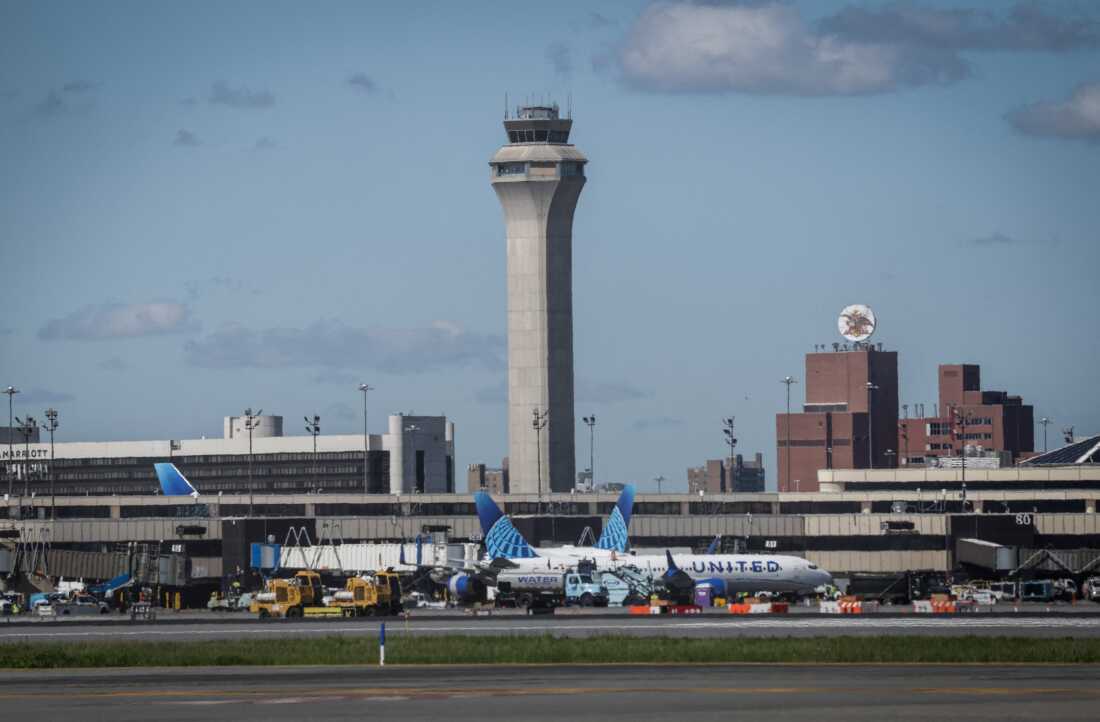Students dreaming of exotic summer vacations might want to reconsider a staycation in their backyard paddling pool. But as chaos hit Newark Liberty Airport, where constant delays and hundreds of flight have been canceled, flyers have been left frustrated and frightened by the major disruptions. The situation won’t be resolved anytime soon.
“It is hard to stay excited for my trip to Paris when my flight has been delayed five times,” frequent flier and Montclair resident Eric Eklund said.
What flyers can depend on is fewer flights through June and possibly even longer. The Federal Aviation Administration (FAA) must consider how to ease pressure on the airport while addressing major problems stemming from outdated technology, shortages of air traffic controllers and construction on two major runways. The whole situation is a perfect storm.
Aviation has made headlines since January, when a passenger jet collided with a U.S. Army helicopter in Washington, D.C. Since then, there have been several crashes and close calls.
But it’s Newark Airport which has all the attention now. It started with a failure of communication on April 29, when a radar signal failed and the back-up line didn’t immediately start up. Air traffic controllers were traumatized by the experience of not being able to talk or track the planes in the air for some 90 seconds. But then the same thing happened again and again.
When questioned at a recent U.S. Senate hearing, Federal Aviation Administration Deputy Chief Operating Officer Frank McInstosh, the head of U.S. air traffic control, said it was “a long disruption for a radar screen to go blank or not to be able to to take to aircraft.” Staff conditions were already hard, and the failure resulted in up to seven controllers taking a 345 day trauma leave. Hiring more controllers is difficult given the shortages of qualified people and the years of training required for the position.
Equally disturbing is the state of outdated technology. According to a May 6 NJ.com article by Ted Sherman, some controllers are working with old radars and communications equipment that has been described as “at times … held together with duct tape and frayed wire.” New technology is already in the works, but in the meantime, the FAA is finding short-term fixes with technical repairs, while cutting numbers of flights to make the airport more manageable.
The airport previously handled up to 39 arrivals and the same number of departures every hour. Now the numbers are cut to 24 to 28 arrivals and departures. In May, more than 100 flights were cancelled in a day.
“You know logically flying is very safe, safer than driving in a car,” said Bridget Griffith, a Montclair resident who often travels internationally. “But with this mess at Newark, I’d rather not get on a plane anytime soon. Traveling is hard right now.”
The one piece of good news is that construction on the two major runways should be completed by mid-June, and the air traffic controllers on trauma leave are scheduled to return. Still, this summer may be the perfect time for a restful vacation far from Newark Airport. “By the time the runways are fixed, I’m going to need a second vacation from trying to vacation!”














